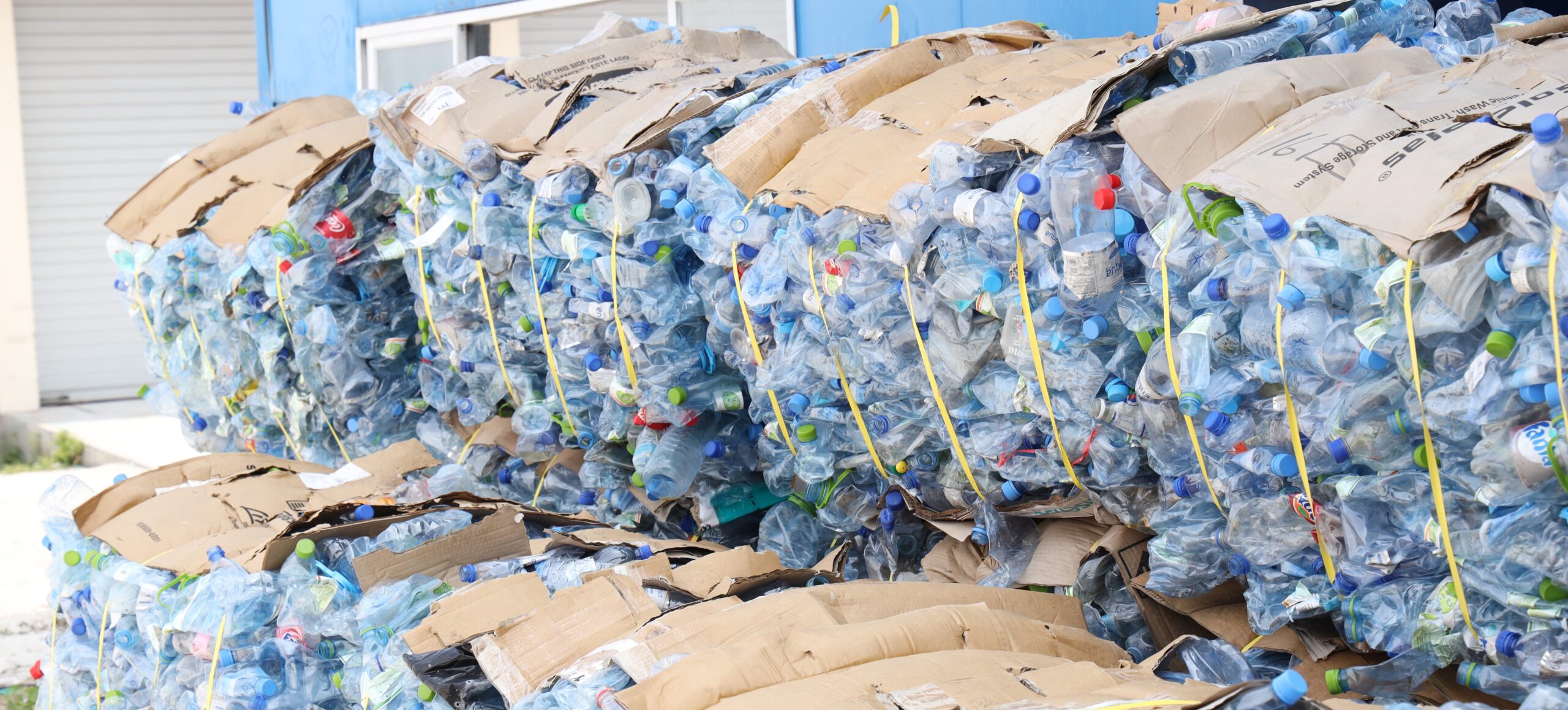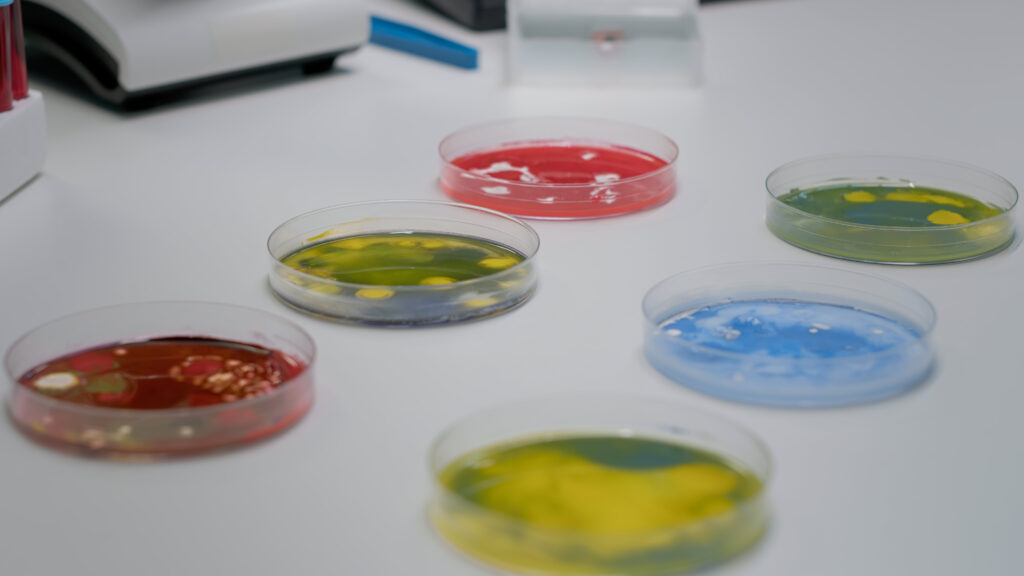
Biotechnology Research – Plastic Decomposition
According to the results of numerous scientific research, statistics, and analyzes, it is estimated that about 400 million tons of plastic are produced in the world every year. This number is even more alarming because science has not yet found a way to deal with the waste generated from this material.
However, research is still being conducted, the most powerful minds are constantly looking for a solution to this constantly growing problem.
The fight against ubiquitous waste is a huge field for innovative ideas. And since nature has still evolutionarily failed to adapt to the relatively short presence of plastic on earth, e.g. by producing an adequate amount of enzymes to accelerate its decomposition, the human species is primarily responsible for dealing with the effects of its activities. The breakdown of plastic by enzymes produced by microorganisms is a slow process and only affects some of the polymers. However, the adaptive capacity of microbes is at such a level that the knowledge currently possessed can only be a drop in the ocean of information. Answers to bothering questions are sought in a wide range of metagenomic studies. The group of enzymes that have been studied most thoroughly so far is the so-called PETases. Hydrolases produced by several types of bacteria and fungi are responsible for the degradation of PET. The most spectacular discovery is the 2016 “Ideonella sakaiensis 201-F6”, isolated on a site adjacent to a plastic bottle recycling plant in Japan. PET was found to be the only source of energy and carbon for this bacterium, therefore it produces the enzyme that breaks down PET into acid, and then the entire microbial community is able to convert PET to carbon dioxide. Still, the number of these bacteria is not spectacular enough to significantly affect the decomposition of plastic waste. Tests were also carried out that confirmed the ability of bacteria and fungi to enzymatically break down polyurethane, polyethylene, and polyamide.

Microplastic is an excellent place for growth and a carbon source for many microorganisms. Perhaps there is a way to use the abilities of bacteria or fungi to develop a strategy that will speed up the degradation processes. Experiments conducted, for example, in Hong Kong allowed to state that one of the environmental bacteria is able, in a controlled process, in an aquatic environment, to isolate microplastic aggregates of various types, making it suitable for recycling. In turn, scientists from the University of Life Sciences in Wroclaw came up with the idea to produce yeasts from microorganisms capable of decomposing microplastics isolated from the environment. The capacity of the microorganisms is too low to cope with the amount of waste produced, so the assumption is that the created yeast will take care of this much more efficiently. Funds have already been obtained for the research and the project is scheduled to be implemented in 2024.
Another solution could be an agent developed by Dr. hab. Grażyna Dąbrowska from the Nicolaus Copernicus University in Toruń. PETstop is a biological, fully environmentally safe formula containing fungi, producing enzymes that contribute to the degradation of pollutants. Such preparation could be used on a large scale in garbage dumps, reducing their size by accelerating the decomposition process. The project is promising, therefore it has already won many awards, both in Poland and around the world, as a revolutionary invention.

As you can see, there are opportunities and hope for the planet – it is enough to release microorganisms that are able to transform the most difficult decomposing garbage into food. It sounds trivial, but the research and refinement of assistive technologies can take many years.

